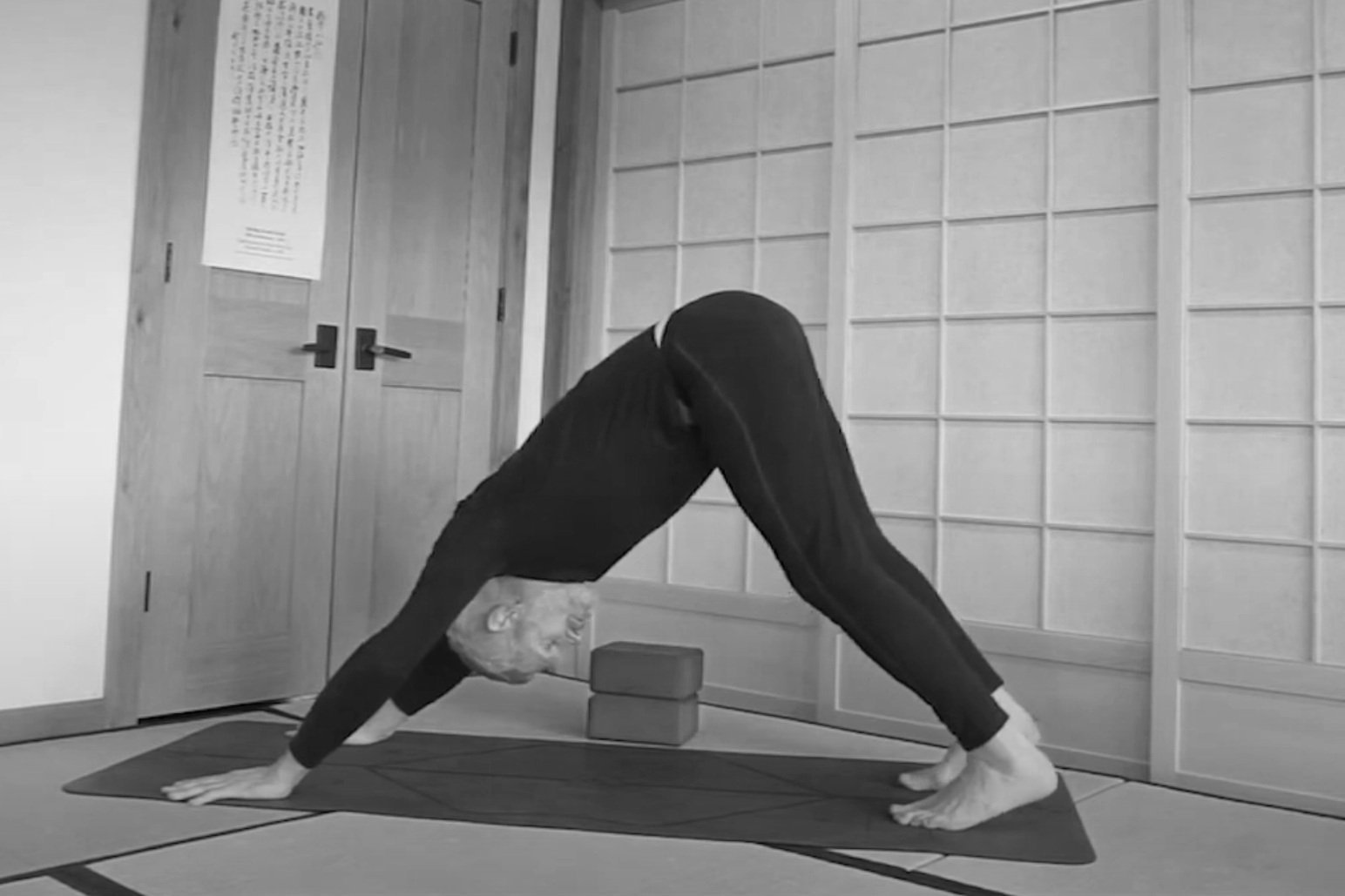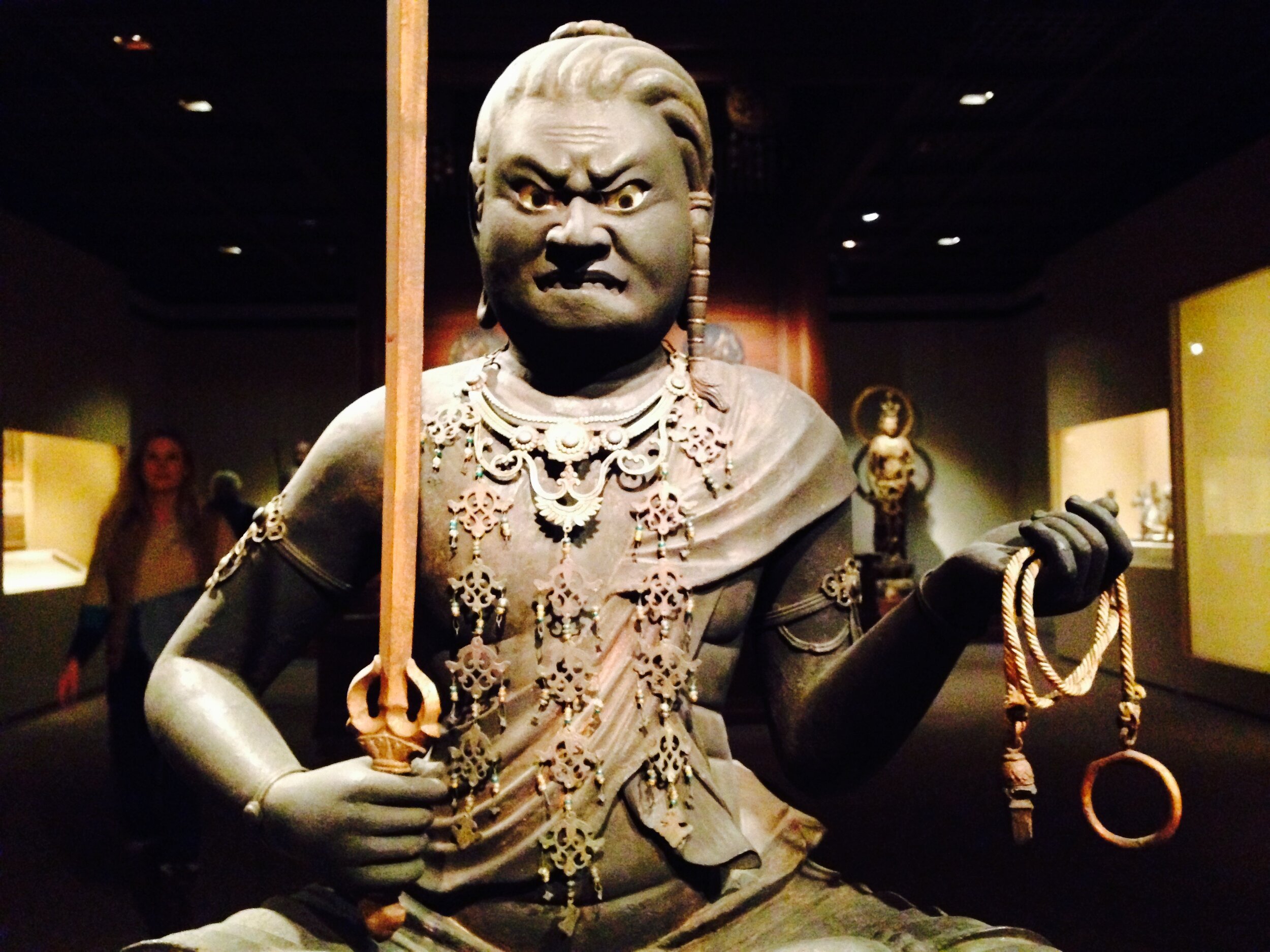
VIRTUAL DOJO
The Virtual Dojo is an online zendo (space for Zen) with daily meditation and real-time Zen training events, as well as resources for training at one’s own pace. Students are welcome to flow between our virtual and in-person dojos, as possible.
Joining from Europe?
Visit our European site→

New to the Virtual Dojo?
Please join our Intro Class →
-
Hosted on Zoom using the same link. Also, Mon 10-10:30 am CT / 8-8:30 am PT for west coast.
-
Hosted by Europe using a different link
-
Please arrive early to start on time.
Please don’t move during zazen (video).
Please join our Intro Class if you are new.
Other FAQs
-
1st and 3rd Mondays each month at 7:30-8:15 PM CT, using the same link. More info.
-
Mondays at 6-7:30 pm CT; 2nd and 4th Tuesdays of month at 1-2 pm CT; using a special link (ask Pittelli Sensei). More info.
-
Last Saturday of the month at 7:30-8:45 am CT, using the same link. More info.
ONLINE ZEN EVENTS

ONLINE ZEN CLASSES
Real-time and self-paced online classes and resources for students joining Daily Zazen. Leadership training available through Institute for Zen Leadership
VOICES OF THE VIRTUAL DOJO
Now instead of performing kata to the point of exhaustion, we blow one note each with one breath to the same extreme… Tanouye Rotashi said “to practice so that one note puts someone into samadhi”
In this video, Esteban Martinez Sensei talks about "How We Train" in Zen using meditation, physical training, and fine arts.
One of the lesser known laws of the universe (like gravity) is that the state of no-mind can be transferred to others. We call it “transferring samadhi” but also talk in more serious terms about “giving fearlessness.”
I’m highlighting another type of tool besides your breath and posture – it gets described as “concentration,” “awareness,” or “our senses.” Usually, we give far less instruction in this area than about breath and posture, letting people discover for themselves, which can take years.
Somehow I knew that living in the world of my head wasn’t the correct way to live as a human being. No one told me that. I just knew. This led me to seek out zazen (Zen meditation) and Zen training with our school.
In a growing series of publications we are presenting edited versions of talks that Tanouye Roshi gave more than forty years ago in various settings, some of them quite informal while others are formal teisho given during sesshin.
The objective of practicing okyo is to change the way you vibrate. If you change the way you vibrate, you can change the way others and your environment vibrate as well.
The reason that repetition is the best way to master any martial art, because it will lead to perfection of desired skills, since incorrectly performing a skill wastes energy and is inefficient.
Tanouye Roshi looked at me, shook his head, and said, “You read too much.” Then, he surprised me handing me a book that he had been reading and saying, “Here, read this.”
In Xhosa, an indigenous language spoken in South Africa, the word apha means “this location”, “this place” or “being here right now”.
Together we experienced a sesshin with a 'pioneer' feel, where nature whipped, dripped and crept around and through us. It was elemental.
We find kiai is more like a fresh mountain spring than a protected water reservoir. Time expands and contracts depending on our state of mind.
My goal shifted from training because I wanted something in particular out of the week to wanting to train strong so that I could help those around me train strong and have the sesshin they needed to have.
The reason that the Virtual Dojo can function as a Zen dojo is because the human body is the real Zen dojo.
There came a moment during the sitting when I was no longer in my tatami room with a panoramic view of our prairie and oak savanna. Instead, I felt myself strapped to the front of a locomotive speeding down the track toward a black tunnel.
Sit 30 minutes and do something vigorous that you enjoy to move your body everyday. See how it changes your life.
The jiki who instructs, “Don’t move” is like a guest in your home who smelled smoke and asked, “Is something burning?”
The kind of comfort that satisfies doesn't come from a dojo, or from all the many things that you miss right now ... but from within oneself. We're here for that.
I quickly learned that a shakuhachi tells you what it is; that is, what key it will play in.
I realized that it was a way I had been searching for without even knowing it.
During spring keishin in April, we experimented for the second time with using hexagrams as a tool for intensive Zen training. We’re sharing some of the results to give you a flavor of our collective experience.
We train because we remember our interconnectedness and take responsibility for tuning this body and whatever we’re sending out into the world.
With the support of the group, we all pushed beyond our limitations. For myself, I can report going beyond fatigue to a place of light and love and life.
“When you do something, you should burn yourself up completely, like a good bonfire, leaving no trace of yourself.”
The Virtual Dojo that arises from moment to moment is dependent on students being their own fierce jikis and supporting others to do the same.
Like Zen women of thousands of years ago, we sat zazen after waking up in our own beds, before and after making our families’ meals and attending to our children and pets. Our training became our daily life and our daily life became a way of practice.
Online Zen?
In the Virtual Dojo, we train wherever we are. The reason this works for Zen training is because the human body is the real Zen dojo, or place for resolving duality.
Efficiency is gained in training as part of an online community. Our teachers point true north to help us navigate the four directions. The breath and posture of our training partners helps us build resonance. Facing suffering together helps us carry on when we might have given up.
When we sit online, we create a dojo and a community, and they create us – fresh, moment by moment. We sit to remember who we truly are and to end the ignorance, fear, and isolation we face. The strength of our training is measured by our impact around us.

Online Zen Resources

Training through the Chosei Zen Virtual Dojo is donation-based and available to all regardless of ability to pay. All donations are tax-deductible and very much appreciated.













































We need to train to see through the noise. To find our own center and our own way. To not completely unravel or disengage. But, how do we stay engaged?